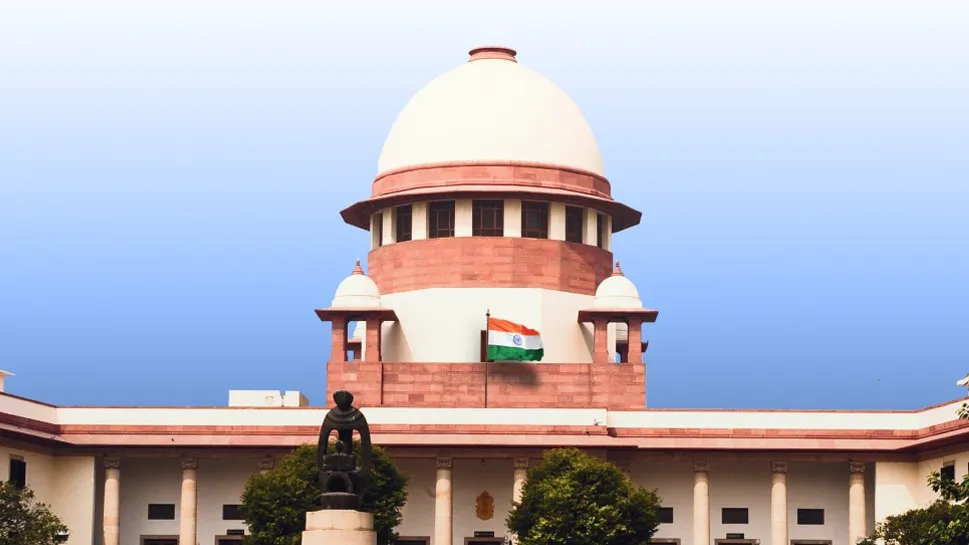

Delhi, Dec 25: A petition has been filed in the Supreme Court challenging a recent Delhi High Court order that suspended the jail sentence of expelled BJP leader Kuldeep Singh Sengar in the 2017 Unnao rape case.
The plea, submitted by advocates Anjale Patel and Pooja Shilpkar, seeks a stay on the high court’s decision. The petitioners argued that the order was passed without due consideration of the trial court’s observation that Sengar should remain imprisoned for the remainder of his natural life.
According to the plea, the high court committed a serious error in both law and facts by granting suspension of sentence and bail to Sengar despite his grave criminal record and his proven involvement in the rape.
The petitioners contended that the court failed to properly assess the prosecution’s evidence, which highlighted the brutality of the crime as well as Sengar’s alleged misuse of power, financial influence, and criminal conduct.
The plea further alleged that even while the victim’s father was in judicial custody, Sengar orchestrated his murder to intimidate the family and obstruct the course of justice.
On December 23, the Delhi High Court suspended Sengar’s life sentence in the rape case, noting that he had already spent seven years and five months in prison. The suspension will remain in effect during the pendency of his appeal against the December 2019 trial court verdict that convicted him.
However, Sengar will continue to remain in jail as he is also serving a 10-year sentence in the custodial death case of the victim’s father and has not been granted bail in that matter.